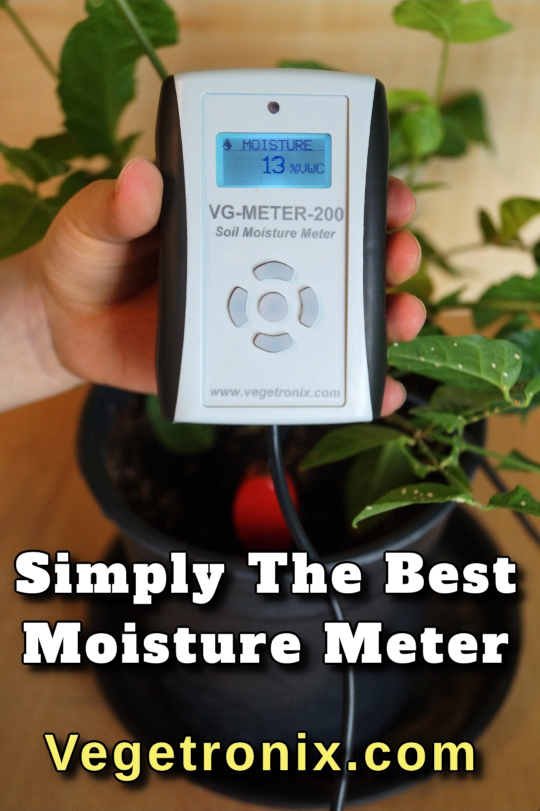I Tested 4 Ways to Germinate Tomato Seeds - Here’s What Worked
By Tim the Techno-Gardener
I decided to find out by running a germination test using four different seed preparation methods. As an electrical engineer who applies scientific thinking to gardening, I documented the process and recorded a time-lapse of the results.
The 4 Seed Preparation Methods
- Store-bought seeds: Dried and packaged by a seed distributor.
- Minimally washed seeds: Still coated in the natural tomato gel.
- Pressure-sprayed seeds: Gel removed using a water spray.
- Fermented seeds: Left in water for 3 days to naturally break down the gel.
All the seeds (except the fermented ones) were placed in "Deno packs"—wet filter paper inside sandwich bags—for germination. The fermented seeds were added after three days of soaking.
The Time-Lapse Results
The germination rates varied widely:
- Store-bought seeds: About 25% germinated with short radicles.
- Minimally washed seeds: Also around 25%, but delayed due to gel inhibitors.
- Pressure-sprayed seeds: Nearly 100% germinated, with long, fast-growing radicles.
- Fermented seeds: Mold developed; not worth the wait compared to the sprayed seeds.
Key Takeaways
- Fresh seeds don't need to be dried before germination.
- The tomato gel does inhibit germination but breaks down over time.
- Pressure spraying is the fastest, cleanest way to prep seeds from fresh tomatoes.
- Store-bought seeds performed the worst in this test.
Conclusion: You can save money and time by using fresh tomato seeds straight from your produce—just give them a good rinse or spray to remove the gel.
If you enjoy applying science to gardening, consider subscribing to my channel for more experiments like this!
